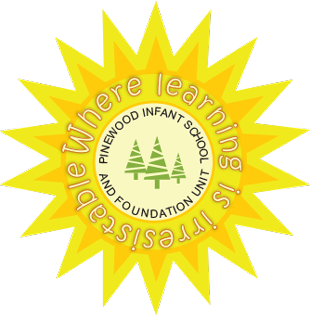English
The English curriculum is based on 5 main areas:
- Speaking and Listening
- Reading
- Writing
- Phonics/Spelling
- Handwriting
Literacy is the ability to read and write. Children need to be able to read and write in order to communicate and access information and ideas. Unless children can 'speak it' they can't write it, so speaking and listening is given the highest of priorities in your child's education. Reading and writing are essential life skills. But writing is also an art form. As the essential skills are being mastered they can be applied to create interesting, engaging and powerful pieces of writing that communicate information, ideas, imagery and emotions to the reader-right from the offset.
The teaching of English therefore extends beyond the teaching of reading and writing skills into the creative application of these skills in writing for a range of purposes and audiences. And in reading, it is about engaging and immersing the reader in a wide range of high quality texts to be informed, entertained, make sense of themselves and the world around them and appreciate the writer's craft. This is why we must base all the work we do from quality texts and spend time unpicking what we are reading.
The trick in teaching literacy is to combine the teaching of reading and writing skills within a context that is meaningful, purposeful and creative. The primary curriculum is packed with content that could provide the context for a multitude of writing outcomes. The ability to read and write is not an end in itself.
Phonics, grammar and vocabulary are the building blocks of literacy and it is the art of combining these blocks effectively in planning quality and sequential units of work which is the real skill. The children's learning is carefully structured in each area to help them progress. We try to foster the children's interest through an integrated topic approach and use of quality texts, making learning purposeful and fun for the children.
